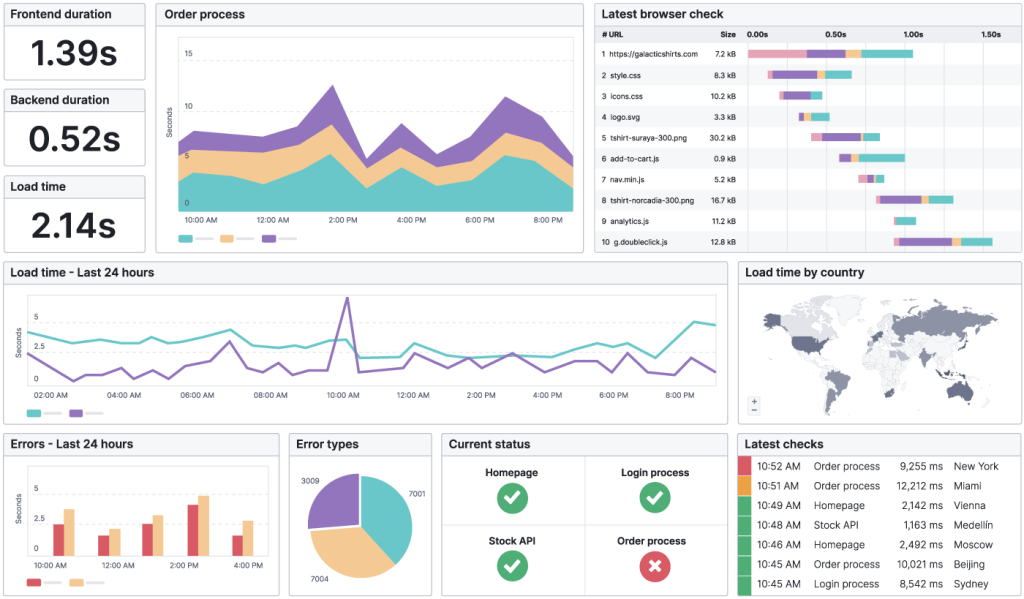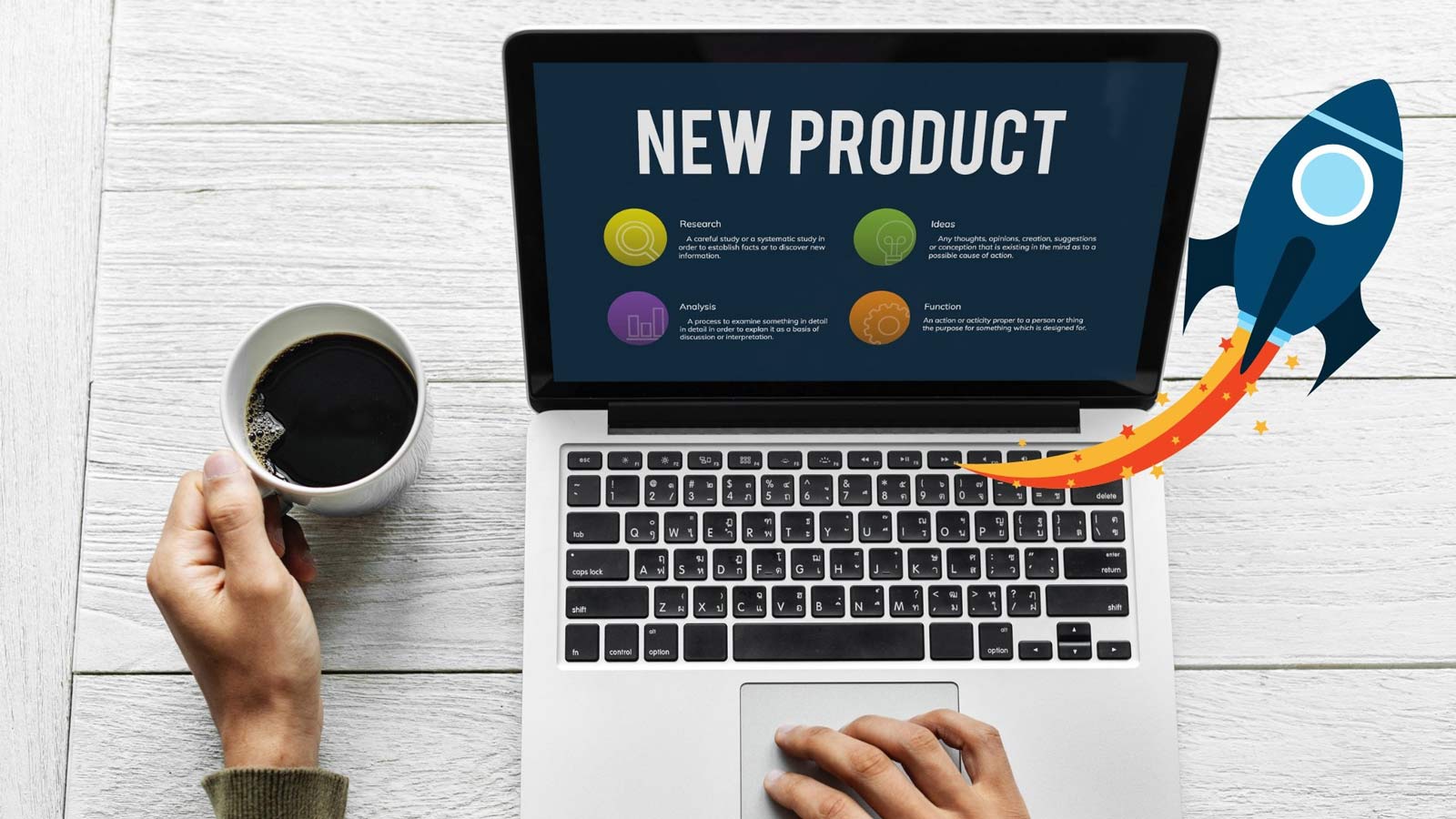Managing Finances for Business ownersManaging Finances for Business owners
Managing finances is a core aspect of business which you cannot afford to overlook as an entrepreneur. As a business owner looking to make a name in your industry and strive for a long time, you can’t afford to neglect financial management. If not for something such as financial management, successful people like Grant Kelley would not have lasted two years in his industry, not to talk of 30 years. The perks of proper finance management in your business cannot be overemphasized, the most prominent being that good finance management would give your business immunity and increase your chances of success.
Not knowing how to manage your business finances efficiently is a challenge for many business owners, including those who excel greatly at sales and marketing. If you are in this category and wish to make a change, here’s how to cultivate good management practices for your finances.
Pay Yourself
As a business owner, you may want to make sacrifices and conserve the business money by not paying yourself. While that is a good idea, it often leads to endearing consequences. You might want to go all out by conserving as much as possible to hasten your business growth, but there is a downside. The downside is that with time you risk getting carried away and mixing business finance with personal finance. This is why you need to compensate yourself according to your role in your business. Remember that if anything should happen to the business in the future, you won’t have gained anything for all your labour.
Separate personal finances from business finances
Avoid the urge to use your finances to fund business expenses. All that can happen when you are still trying to start, but you need to draw the line as soon as your business has begun. Similarly, whatever revenue is generated from your business must go directly into the business account, not your personal account.
Keep good business credit
As a business owner, you must pay taxes on your income; planning for these taxes before they approach is essential. You will need to keep a good record of income and expenses annually to deduce your expected tax. This is where the help of an accountant comes in. You must invest more and acquire more insurance policies to back your business. Ensure that in all you do, you stay clear of debts in your business.
Have a good billing strategy
You need to properly check all your clients and note those who are consistently late with payment and invoices. You must be creative with your billing strategy to command more efficient and swift payment from clients.
Final Thoughts
These are a few ways to manage your finances as a business owner. Implementing these few will go a long way in boosting the financial health of your business. And in all you do, do not be afraid to consult other people who are more successful than you in your field.
For more information, visit:-
 These Gold IRAs let you invest in gold and other precious metals. These can be stocks, bonds, and other securities offered by companies that offer EFTs in precious metals. Stable currency funds are alternative investments in a company`s 401k retirement account. These funds, which aren`t available in the stock exchange, are similar to money markets funds but often offer higher rates of interest.
These Gold IRAs let you invest in gold and other precious metals. These can be stocks, bonds, and other securities offered by companies that offer EFTs in precious metals. Stable currency funds are alternative investments in a company`s 401k retirement account. These funds, which aren`t available in the stock exchange, are similar to money markets funds but often offer higher rates of interest. 























